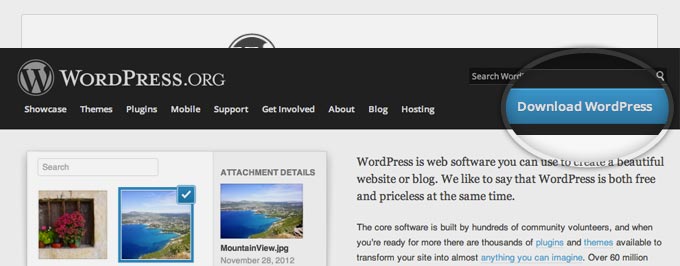In this tutorial we will provide you with detailed instructions on how to install WordPress on your web hosting account. Follow these guidelines if you want to perform a new, manual installation of the latest WordPress version.
Follow these steps to install WordPress manually:
Step 1: Download the WordPress installation package
Step 2: Upload the WordPress files to your server
Step 3: Create a MySQL Database for WordPress to use
Step 4: Go through the installation process
Step 1: Download the WordPress installation package
To start the installation process, first you need to download WordPress from it’s official download page. We recommend that you always download and install the latest stable version of WordPress.
Once you click on the Download button for the latest WordPress version, the installation package will be saved to your hard disk. Locate the installation package that you’ve just downloaded and extract it to a new folder.
Step 2 : Upload the WordPress Files to Your Server
![]()
Now, you need to upload the extracted files and folders to your web server. The easiest way to upload the installation files is via FTP. For detailed information on how to upload files via FTP, please check our FTP Tutorial.
IMPORTANT!If you want your WordPress to be the main installation on your account and to be accessible through your main domain (i.e. www.mydomain.com), you need to upload the extracted files to your public_html folder.
Once the download is complete, extract the archive and upload it to your web hosting account. You can do that via FTP using a client application like Filezilla or via cPanel -> File Manager -> Upload file(s). If you want this WordPress installation to be main for your website, the files should reside in the public_html folder of your account. However, you can always make a subfolder (i.e. public_html/blog) if you want to run only part of your website on WordPress.
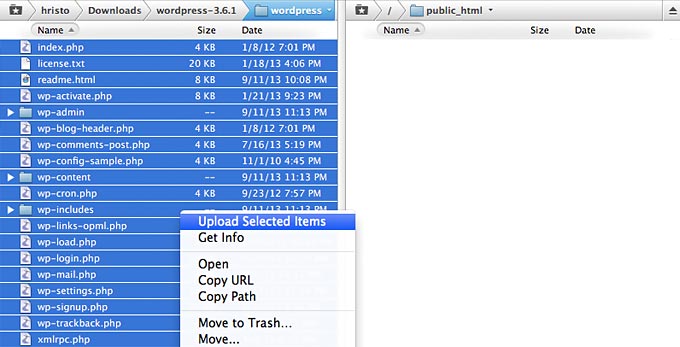
Step 3 : Create a MySQL Database for WordPress to use
![]()
Now, you need to create a MySQL database and assign a user to it with full permissions. For detailed instructions on how to do that, please follow the steps described in our tutorial on How to Create MySQL Username and Database. Once you create your MySQL Database and User, make sure you write down the database name, database username and password you’ve just created. You will need those for the installation process.
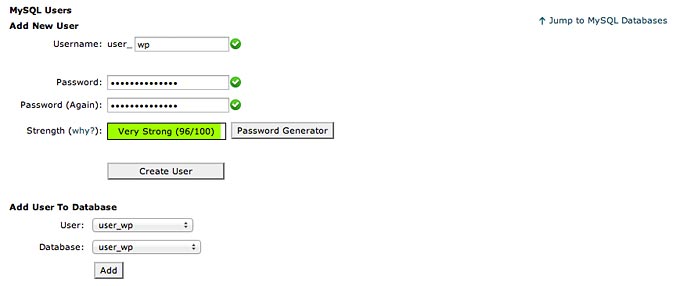
Step 4 : Go through the installation process
![]()
Now it’s time to navigate to your website to start with the installation process. If you have uploaded WordPress in your public_html directory you’ll need to go to http://yourdomain.com in your preferred browser. The first thing you will notice is a message, telling you that you don’t have a wp-config.php file and you should create one. Just click on the Create a Configuration File button to proceed.
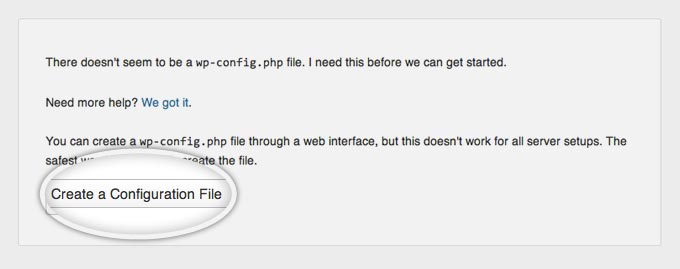
On this page you will see a message, asking you to prepare the necessary information for the installation. Since we already have this information, simply press the Go! button.
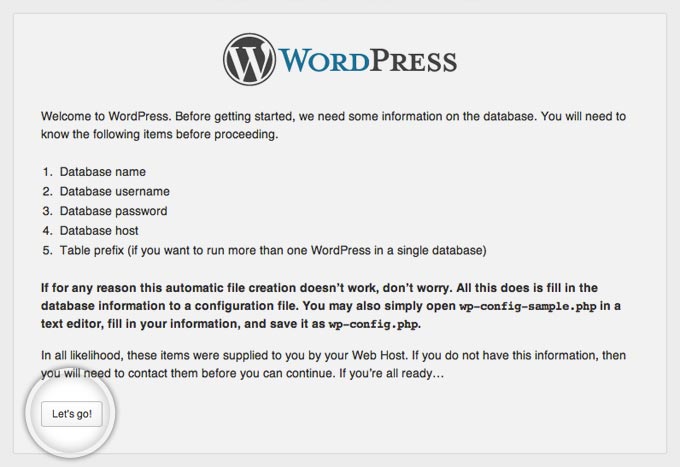
Enter the details for your newly created MySQL database and press the Submit button
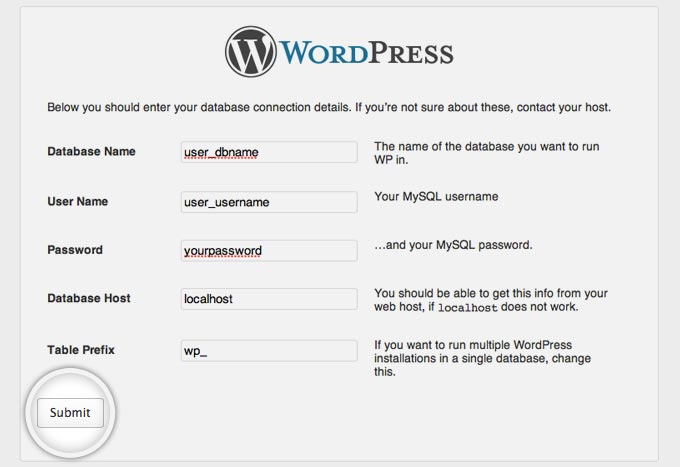
WordPress will now check if your settings are correct. If you have entered all the necessary information, you will see a confirmation screen. Press the Run the Install button to proceed.
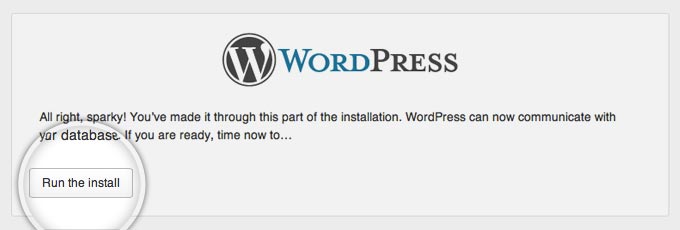
On the next screen you will have to enter the information about your administrative username and the title of your new site. In addition, you can specify whether you’d want search engines to index your site or not. Once you fill in that information, press the Install WordPress button. Bear in mind, however, that you should specify a real email address. It can be later used in case you forget your password.
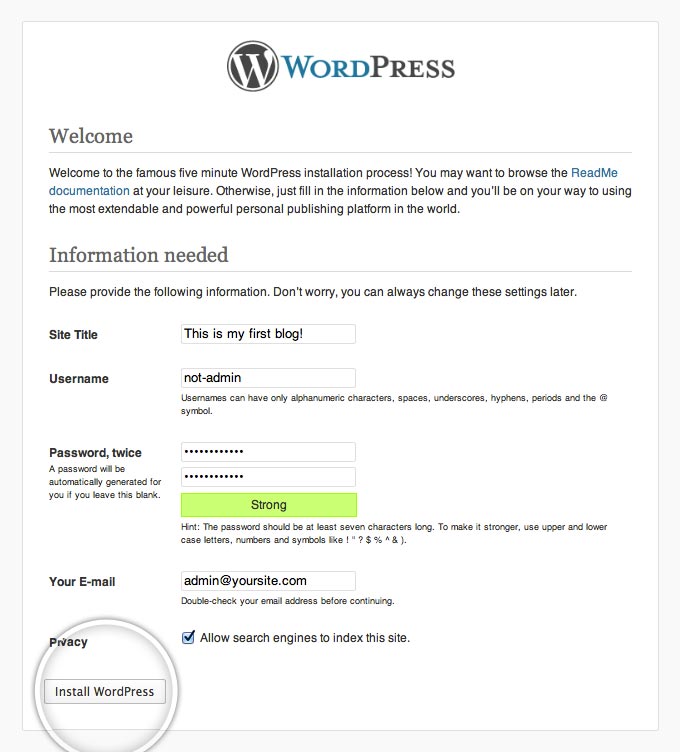
THAT’S IT!
Your new WordPress application is installed. You can use the Login In button to access your administrative backend and start posting in your new site.
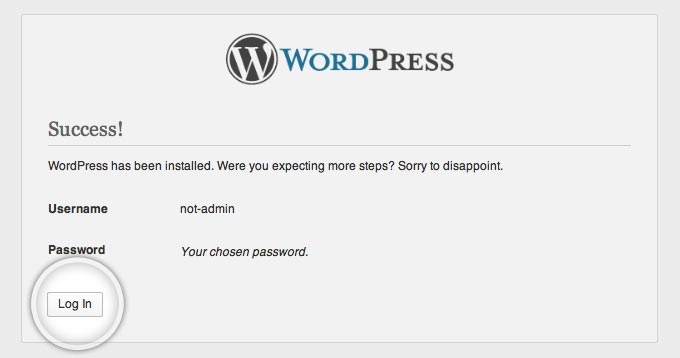

 Phone: 1(877) 215.8104
Phone: 1(877) 215.8104 Login
Login We know that manual WordPress installation requires some time and effort. To spare you these our WordPress hosting service includes 3 easy install options that can save you the hassle:
We know that manual WordPress installation requires some time and effort. To spare you these our WordPress hosting service includes 3 easy install options that can save you the hassle: